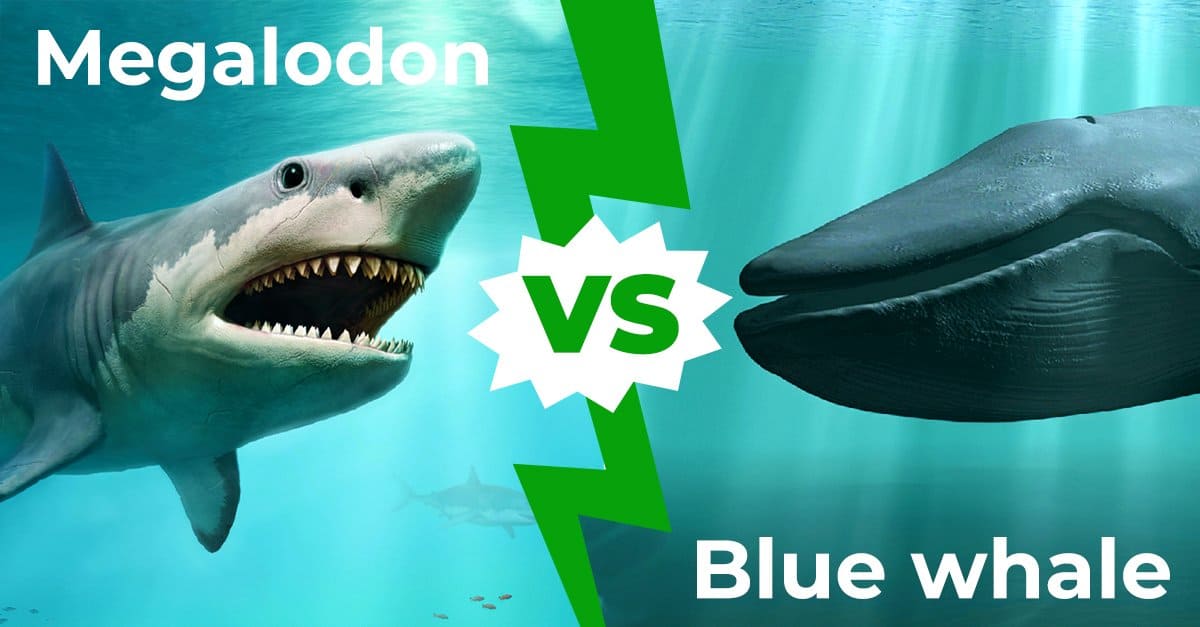This article compares and contrasts the physical characteristics, diet, predatory tactics, defense mechanisms, and human interaction of the Blue Whale and the Great White Shark, two powerful predators in the animal kingdom. While the Blue Whale is the largest animal on earth and is a peaceful filter feeder, the Great White Shark is a carnivore with multiple predatory tactics, defense mechanisms, and a risk of human intervention. Ultimately, it is hard to determine which one is the strongest predator on earth, but both creatures are fascinating and in need of protection for future generations.
Introduction
The Blue Whale and Great White Shark are two of the most fascinating creatures in the animal kingdom. They are both powerful predators in their own right and have unique characteristics that make them stand out among their peers. This article will compare and contrast the two creatures to determine which one is the strongest predator on earth.
Physical Characteristics
The Blue Whale is the largest animal on earth and can grow up to 100 feet long and weigh up to 200 tons. It has a long and streamlined body, a flat head, and a small dorsal fin. The Blue Whale is blue-gray in color and has a mottled pattern on its skin.
On the other hand, the Great White Shark has a torpedo-shaped body that allows it to swim at high speeds. It can grow up to 20 feet long and weigh up to 5,000 pounds. The Great White Shark has a pointed snout, a large dorsal fin, and a white underbelly.
Diet
The Blue Whale is a filter feeder and feeds on small crustaceans known as krill. It consumes around 40 million krill per day, which amounts to around four tons of food. The Blue Whale filters the krill through its baleen plates and then swallows it whole.
The Great White Shark, on the other hand, is a carnivore and feeds on a variety of prey, including fish, seals, and sea lions. It has a powerful bite force and can consume up to 11 tons of food in a year.
Hunting and Predatory Tactics
The Blue Whale does not have any natural predators and is not a hunting species. It is a peaceful creature and only swims at slow speeds. The only danger to a Blue Whale is human intervention such as hunting or collision with ships.
The Great White Shark, on the other hand, is a skilled hunter and preys on a variety of marine animals. It has several predatory tactics, including sneak attacks, ambushes, and chasing its prey. The Great White Shark uses its keen sense of smell and sight to locate its prey and then attacks with its powerful jaws and teeth.
Defense Mechanisms
The Blue Whale has a few defense mechanisms, including its size and speed. It is incredibly large and can swim at speeds of up to 30 miles per hour. The Blue Whale’s skin is also very thick and difficult to penetrate, making it hard for predators to attack.
The Great White Shark, on the other hand, has several defense mechanisms, including its tough skin and the ability to roll its eyes back into its head for protection. It also has sharp teeth and can swim at high speeds to avoid danger.
About Human Interaction
Both the Blue Whale and the Great White Shark are at risk of human intervention. The Blue Whale has been hunted for centuries for its blubber and oil, and its population has dwindled as a result. The Great White Shark is often hunted for its fins, which are used in traditional Chinese medicine.
Conclusion
In conclusion, both the Blue Whale and the Great White Shark are incredibly powerful creatures and are some of the most fascinating animals in the world. While the Blue Whale is the largest animal on earth and is incredibly peaceful, the Great White Shark is a skilled hunter and has several defense mechanisms to protect itself. Therefore, it is hard to determine which one is the strongest predator on earth. However, one thing is for sure, we need to protect these amazing creatures to ensure their survival for future generations.
